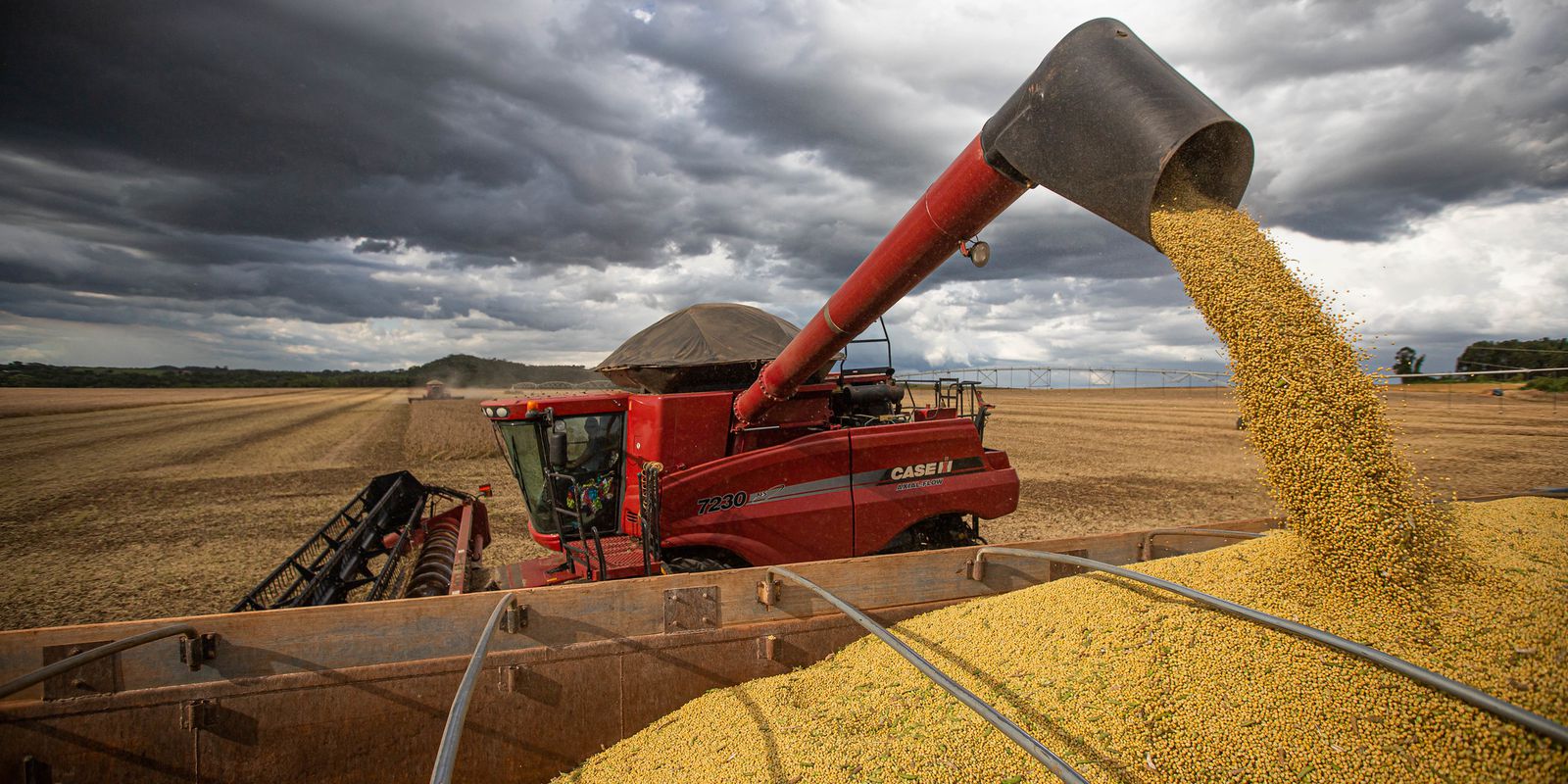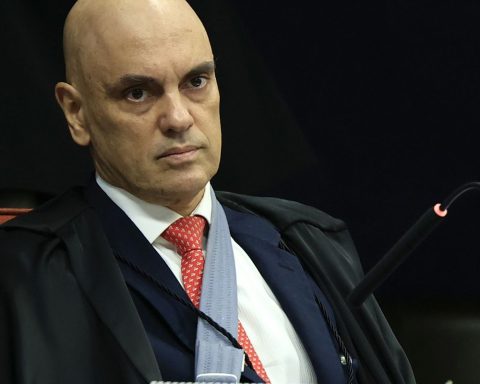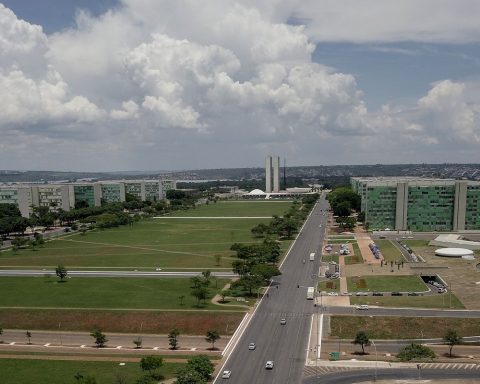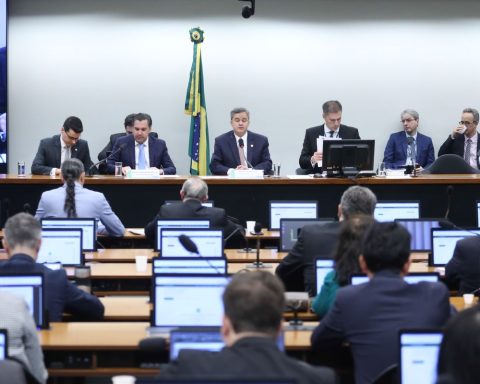The total value exported by Brazil in 2022 grew 19.1% and the imported value was 24.3% higher than that registered in 2021. Thus, the surplus in the country’s trade balance closed the year at US$ 61.8 billion, slightly higher than the US$ 61.4 billion in 2021.
The data were disclosed today (16th), in Rio de Janeiro, by the Brazilian Institute of Economics of the Getulio Vargas Foundation (FGV/Ibre), in the Foreign Trade Indicator (Icomex).
According to the institution, the balance in November and December surprised with the improvement of sales to China, with emphasis on agriculture. The surplus of the extractive sector fell and the deficit of the manufacturing industry increased.
“Agricultural supply restrictions associated with the war in Ukraine and climate issues raised agricultural prices, as the increase in export volume was 2.6% less than that of the manufacturing industry. In extractives, prices and volume of exports retreated with the unfavorable performance of iron ore. The deficit in the manufacturing industry has been recurring in Brazil’s trade balance since 2009”, informed the FGV/Ibre.
world scenario
For this year, the institute projects a lower growth of the world economy, with an expansion rate in Brazil below 1% and a reduction in both exports and imports.
On the international scene, world growth could be positively affected by the relaxation of the zero covid policy in China, which projects growth of 5% in 2023. In the European Union, the energy crisis could lead to lower growth.
“Oil prices will continue to be affected by geopolitical issues and the recovery of extractive exports also depends on the recovery of iron ore sales to China. In the case of manufactures, the crisis in Argentina does not favor the increase in higher value-added exports in the automotive sector. In a first reading, the trade balance of 2023 should be lower than that of 2022”, highlighted the FGV/Ibre.
Results
The main contribution to the increase in foreign trade values was the change in prices, with an increase of 13.7% for exports and 21% for imports in the comparison of 2022 compared to 2021. In volume, exports grew 4, 4% and imports rose 2.7%.
The participation of commodities (goods) exported remained the same with 68% of the total value and an increase of 13.9% in prices and 4.4% in volume. but not commodities they varied 13.5% in values and 4.7% in volume.
The price index stood at 130.2, down 6.7% compared to 2011. commodities peaked in 2022, up 2.4% from the previous highest level recorded in 2020: 180.2.
On imports, the commodities they went from 8.5% to 11.7% in value participation, with price growth of 47.9% between 2021 and 2022. In volume, the variation was 15.3%. for the not commoditiesthe variations were 18.3% in prices and 1.4% in volume.
According to the institute, the increase in import prices of commodities was the highest recorded in the historical series, which began in 2008.
“The war in Ukraine, the climatic effects on crops and the bottlenecks inherited and not yet fully overcome by covid 19 explain the increase in import prices, which impacted world and Brazilian inflation”, explained FGV/Ibre.
Sectors
In the foundation’s evaluation, the added value of agriculture and livestock should decrease in the year, affecting the growth of the Gross Domestic Product (GDP – the sum of all final products and services produced in the country). But, according to the institute, the sector made a positive contribution to the trade balance, with the sector’s balance rising from US$ 46.5 billion to US$ 65.8 billion between 2021 and 2022.
In the extractive industry, there was a drop in the surplus, which went from US$ 63 billion in 2021 to US$ 45.5 billion in 2022. The sector was responsible for 22.8% of the country’s exports. The manufacturing industry increased the deficit from US$ 45.3 billion to US$ 48.5 billion, accounting for 55.7% of Brazilian exports. Agriculture corresponded to 21.3%.
By sector, agriculture had a variation of 34% in prices and volume grew by 2.6%. In the manufacturing industry, prices rose 15.7% and volume, 8%. In the extractive industry, the drop was 3.6% in price and 0.4% in volume.
Soy remains the main exported product, followed by crude oil and iron ore, despite sales having fallen by 35.3% with a drop in price and volume.
Import
In the year, the manufacturing industry was responsible for 86% of Brazilian imports, followed by mining (11.3%) and agriculture (2%). Extractives increased by 79.6% compared to 2021, with a 75.1% increase in prices and a 3.8% increase in volume.
The FGV/Ibre points out that the result is due to the purchase of crude oil, which had an increase of 148.2% in value, due to the increase in prices of 47.5%.
The import of capital goods in agriculture rose 54.2% in volume, indicating that the sector expects a better result for 2023 in the harvest. In the manufacturing industry, the volume of imported intermediate goods slowed down due to expectations of lower growth in demand.
Markets
With regard to markets with which Brazil maintains trade relations, the surplus with China fell by US$ 11.3 billion compared to the previous year. The deficit with the United States increased by $5.7 billion. As a result, these two countries contributed to a drop of US$ 17 billion in the trade balance from one year to the next.
There was an increase in the volume exported to all markets, except China, which recorded a drop of 2.8%, affected by the decrease in iron ore. Beef, on the other hand, had an 81% increase in exports to China.
With regard to Argentina, the worsening of the crisis in the country and exchange restrictions led to a reduction of 22.1%. As for the European Union, there was growth in exports of 15.8% in the annual comparison.
In terms of imported volume, China rose 12.6% and the European Union rose 3.8%. As for import prices, the United States rose 33.1%, the European Union, 19.6%, Argentina, 16.9% and China rose 13.6%.
















